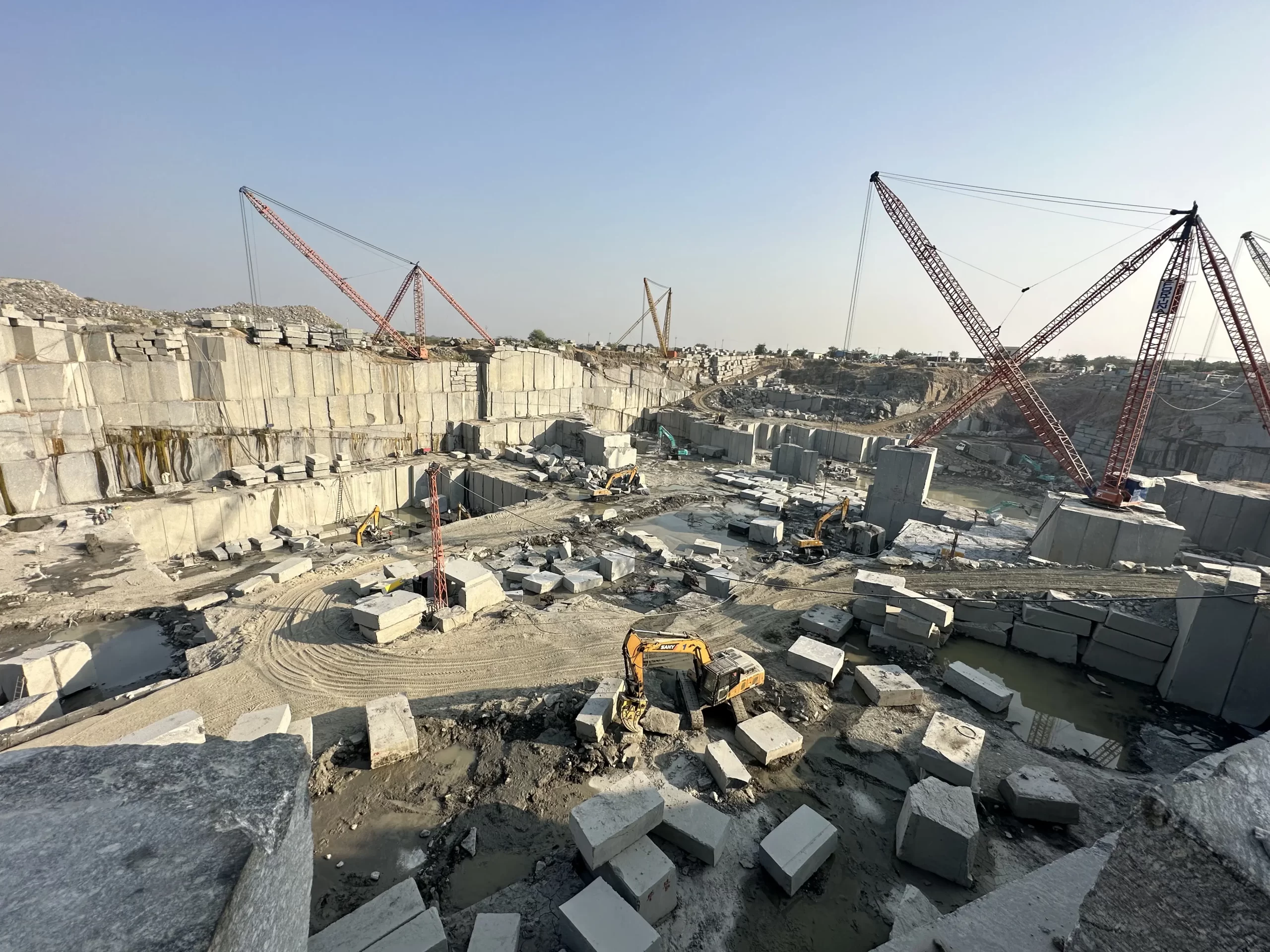Journeying Via Granite Quarries in South Africa: A Visual Odyssey
Wiki Article
Revealing the Mysteries of Granite Quarrying: Where Toughness and Elegance Meet
The world of granite quarrying is a world where the raw toughness of nature converges with human creativity to produce frameworks that stand the examination of time with an air of elegance. From the depths of quarries to the careful sprucing up in workshops, the process of transforming granite into architectural wonders is an intricate dancing of tradition and development. As we peer into the depths of this old craft, we begin to reveal the hidden complexities that shape the extremely significance of our constructed setting.The Beginnings of Granite Quarrying
In the record of architectural history, the origins of granite quarrying are shrouded in a tapestry of ancient craftsmanship and geological marvels. Dating back to ancient Egypt and Mesopotamia, the extraction of granite from quarries marked the beginning of a journey that would eventually lead to the creation of some of the world's most renowned structures.Granite quarrying's roots can be traced to the experienced artisans who recognized the stone's resilience and aesthetic allure. Through a combination of primitive tools and large decision, these early quarry employees uncovered granite blocks that would certainly come to be the foundation of civilizations.
As human beings developed, so did the strategies of quarrying granite. The Romans, renowned for their engineering expertise, created innovative approaches for extracting granite to construct monoliths, temples, and roads that stood the examination of time.
The heritage of these old quarrying methods proceeds to shape contemporary architecture, with granite continuing to be an icon of stamina and beauty in construction tasks around the world. (granite quarries in south africa)
Devices of the Quarrying Trade
The evolution of granite quarrying strategies from ancient civilizations to modern-day times highlights the essential function played by the tools of the quarrying sell shaping the industry's techniques. In ancient times, quarrying devices were fundamental, typically consisting of knives, hammers, and wedges made from materials like bronze or iron. These devices needed substantial manpower and time to extract granite obstructs from quarries.
Furthermore, the intro of pneumatically-driven devices and high-powered equipment has substantially you can try here minimized the physical labor needed in quarrying procedures, improving worker security and efficiency. As the quarrying industry continues to innovate, the devices of the profession continue to be at the leading edge of driving development and shaping the future of granite extraction.
Extracting Blocks of Granite
Utilizing accuracy machinery and advanced strategies, the extraction of granite obstructs from quarries has actually ended up being a sophisticated procedure in the contemporary quarrying sector. Managed blasting methods are then used official site to break apart the granite right into manageable areas.
Sprucing Up and Completing Techniques
To achieve a perfect surface on granite blocks, proficient craftsmens utilize a collection of meticulous sprucing up and ending up techniques. After the first extraction and shaping procedures, the granite obstructs undergo a detailed polishing phase to boost their natural charm and longevity.In addition to polishing, completing techniques are applied to further refine the granite's look. By meticulously picking and using these brightening and completing methods, artisans can transform raw granite obstructs right into elegant items that showcase both stamina and elegance.

Ecological Effect and Sustainability
With the expanding focus on environmental consciousness in the market, granite quarrying methods are significantly scrutinized for their effect on natural sources and lasting sustainability. In addition, the transportation of granite from quarries to processing centers produces carbon discharges, better adding to environmental destruction.To reduce these effects and make certain sustainability in granite quarrying, industry stakeholders are taking like this on different measures. Carrying out sophisticated modern technologies to lower energy usage and water usage, reclaiming quarried land for ecological repair, and advertising liable sourcing practices are some strategies being employed. Accreditations such as the Woodland Stewardship Council (FSC) and the Leadership in Energy and Environmental Design (LEED) help consumers identify environmentally pleasant granite items.
Final Thought
To conclude, granite quarrying is a procedure that requires specialized devices and techniques to extract blocks of granite and brighten them to a high degree of coating. While the environmental influence of quarrying can be considerable, efforts are being made to enhance sustainability methods in the industry. Overall, granite quarrying is a fragile equilibrium between taking advantage of the toughness and style of this natural rock while decreasing its effect on the setting.Report this wiki page